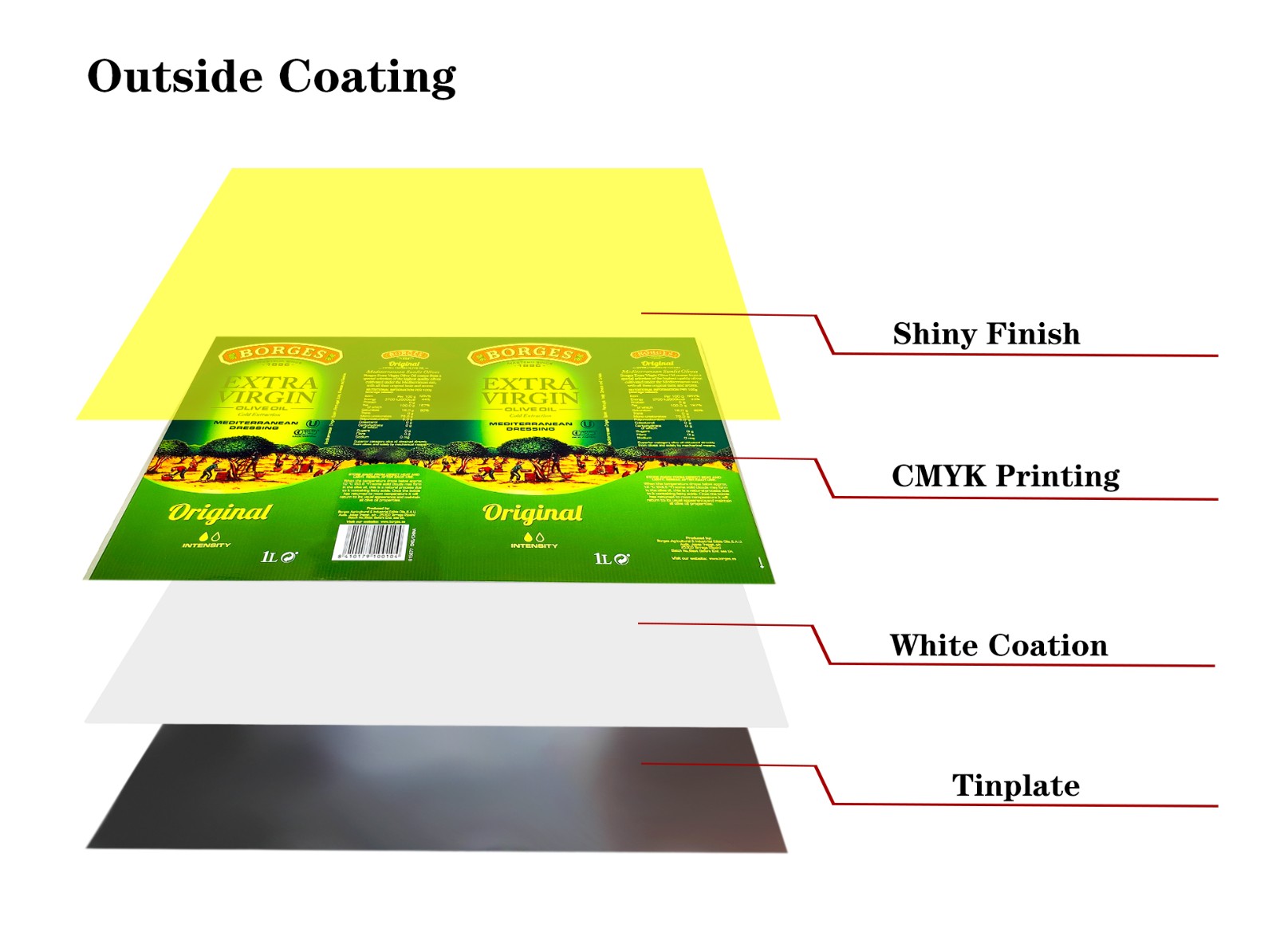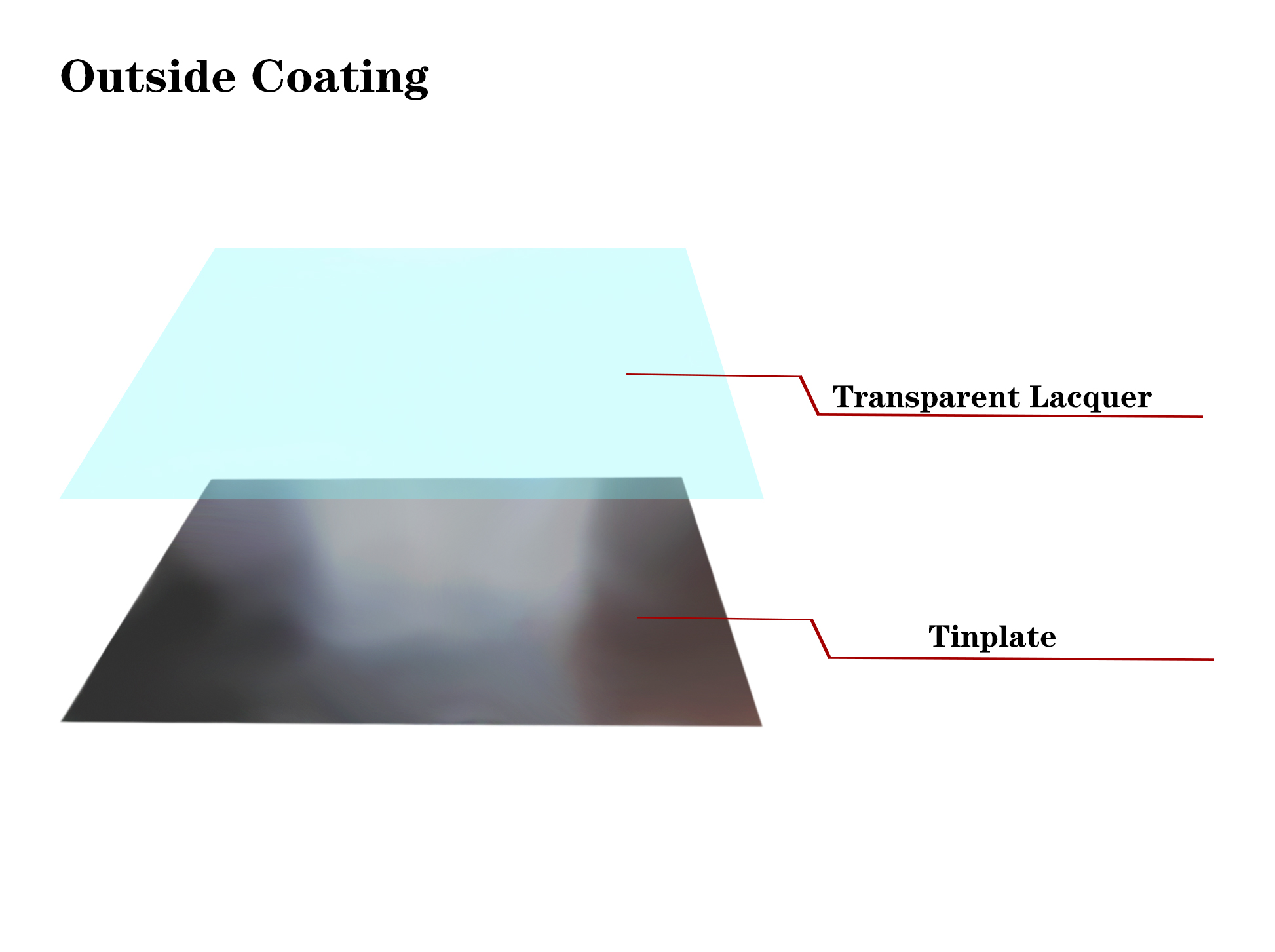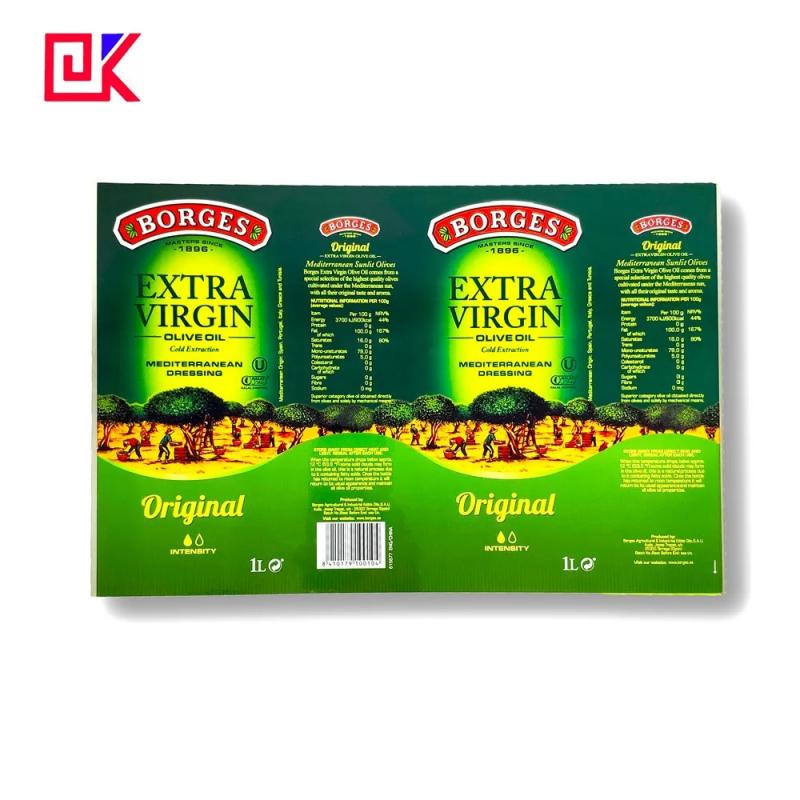As an important means to protect food, extend shelf life and enhance brand image, food packaging has always occupied a pivotal position in the food industry. Choosing the right packaging material is not only related to the safety and freshness of food, but also affects production costs, transportation convenience and consumer experience. Among the many food packaging materials, tinplate packaging and paper packaging are the two most common types, each with its own advantages and disadvantages.
This article will compare and analyze tinplate packaging and paper packaging from multiple angles, and explore their performance in food packaging, so as to help manufacturers and consumers better understand the advantages and disadvantages of the two.

What are the advantages of tinplate packaging?
Tinplate, that is, tin-plated steel plate, is a layer of tin plated on the surface of steel to enhance its corrosion resistance. As a traditional and widely used packaging material, tinplate packaging has shown many unique advantages in the field of food packaging.
Excellent sealing and protection
Tinplate packaging is known for its excellent sealing performance, which is crucial to extending the shelf life of food. After food comes into contact with air, it is easily affected by oxidation, which leads to deterioration. Due to its high strength and hardness, tinplate can effectively isolate the outside air, moisture and light, thereby preventing food from getting damp and oxidized. Tinplate packaging is particularly suitable for preserving canned and beverage foods.
In addition, tinplate packaging has extremely strong pressure resistance and wear resistance, and can effectively prevent packaging damage caused by external impact or pressure during transportation and storage. Especially in long-distance transportation and stacking, the stability and firmness of tinplate packaging are particularly prominent, which is one of the reasons why it is favored in the food industry, especially in canned food packaging.
Corrosion resistance and food safety
A key requirement for food packaging is to ensure that the contact between food and packaging materials does not cause food deterioration or the production of harmful substances. Tinplate packaging avoids direct contact between metal and food by tinning the iron surface. Tin has good chemical stability and is not easy to react with most foods, ensuring the safety of food in the package.
In addition, the tinplate packaging's tin-plated layer has a certain corrosion resistance, which can prevent food packaging from rusting or corroding in a humid environment, which is particularly important when storing acidic foods (such as canned tomatoes, juice, etc.). Although paper packaging can also provide a certain degree of corrosion resistance by coating a waterproof layer, its effect is usually not as significant as tinplate.
Good physical strength and durability
Compared with paper packaging, tinplate packaging has superior hardness and durability. In food packaging that needs to be stored for a long time, tinplate's ability to resist compression and mechanical damage is particularly outstanding. During transportation, food packaging is often squeezed, collided or stacked. The strength of tinplate packaging cans can effectively protect food from external damage and avoid food leakage or deterioration due to packaging damage.
Especially for foods that need to withstand high temperature and high pressure sterilization (such as canned foods), tinplate packaging cans show extremely high heat and pressure resistance. In the production process of canned food, canned food usually needs to be sterilized under high temperature and high pressure. Tinplate packaging cans can adapt well to this process to ensure food safety and packaging integrity.
Good recycling and environmental protection
Tinplate is a highly recyclable metal material with good environmental protection characteristics. In today's increasingly scarce resources, the recyclability of tinplate packaging has become one of its environmental advantages. Discarded tinplate packaging cans can be reused by smelting to make new steel products, reducing resource waste and environmental pollution.
Although the production cost of tinplate packaging is relatively high, its strength, durability and recyclability make it have high value in environmental protection. In contrast, although paper packaging also has a certain degree of recyclability, in the actual recycling process, due to the need for complex processes such as deinking and bleaching, the recycling efficiency is relatively low.

What are the advantages of paper packaging?
Paper packaging also occupies an important position in food packaging due to its lightness, low cost and easy processing, especially in the fields of snacks, cakes, fast food, etc., paper packaging shows obvious advantages.
Lightweight and easy to carry
Compared with tinplate packaging, paper packaging is significantly lighter, and this advantage is particularly important in modern logistics and consumption scenarios. For consumers, lightweight paper packaging is easier to carry and store. During long-distance transportation, the lightweight characteristics of paper packaging can also effectively reduce transportation costs and energy consumption.
Especially in the food field, many lightweight ready-to-eat foods (such as biscuits, potato chips, bread, etc.) use paper packaging, which is convenient for consumers to carry and eat at any time. In addition, paper packaging can be produced into packaging bags and boxes of various shapes through simple folding and cutting, which can adapt to different food forms and storage needs.
Low cost and high production efficiency
The production raw materials of paper packaging are extensive and the manufacturing process is relatively simple, so its production cost is low. Especially for enterprises that produce food on a large scale, the low-cost advantage of paper packaging is obvious. Compared with tinplate packaging, the processing process of paper packaging does not require complex mechanical equipment, has a short production cycle, high efficiency, and can meet the rapidly changing market demand.
In addition, paper packaging is easy to print, has strong surface decoration, and can be flexibly designed according to market demand to enhance the visual appeal of the product. Enterprises can enhance brand awareness and consumer purchasing desire by printing brand logos, patterns and other elements on paper packaging. This is also one of the reasons why paper packaging has strong competitiveness at the retail terminal.
Environmental protection and degradability
Although paper packaging is not as efficient as tinplate packaging in recycling, its natural material degradability gives it certain advantages in the field of environmental protection. Paper packaging comes from a renewable resource - wood, which can be naturally degraded under suitable environmental conditions and will not cause long-term pollution to the environment.
This allows paper packaging to gradually decompose without special recycling treatment after use, reducing the pressure on the environment. Especially in many countries and regions that advocate green packaging, paper packaging has been widely used due to its degradability and renewability.
Good processability and design flexibility
Paper packaging has strong plasticity and processability, and can be easily processed into various shapes and sizes. Paper materials are not only easy to cut, fold, and paste, but also can be made into complex structures through simple molds. This provides great flexibility for packaging design. Enterprises can design packaging products of different specifications according to product characteristics and market demand.
In addition, paper packaging is easy to print, and its surface can be decorated by color printing, lamination, embossing and other processes to enhance the beauty of the product and the consumer's purchasing experience. Especially in some high-end food fields, the design sense of paper packaging can enhance the grade of the product.

Tinplate packaging vs. paper packaging: Disadvantages comparison
Disadvantages of tinplate packaging
● High cost: The production cost of tinplate packaging is relatively high, especially in mass production, its raw materials and processing costs are relatively expensive. Although tinplate packaging has reuse value, its one-time manufacturing cost is still higher than paper packaging.
● Heavy weight: Compared with paper packaging, tinplate is heavier, which increases transportation costs and consumers' carrying burden.
● Poor transparency: Tinplate packaging is opaque, which makes it impossible for consumers to directly view the product through the packaging, affecting some foods that have requirements for appearance.
Disadvantages of paper packaging
● Poor protection performance: Paper packaging has poor waterproof, air-proof and light-proof performance, is easily affected by moisture and damaged, and cannot provide long-term and efficient protection for food.
● Low strength: Paper packaging is far inferior to tinplate in pressure resistance and impact resistance, and is easily damaged during transportation and storage, affecting the integrity and safety of the product.
Foshan Dekai: Leading the Way in Metal Packaging
As a leading manufacturer of metal packaging in China, Foshan Dekai Metal Packaging Co., Ltd. stands out for its ability to deliver top-tier products at low prices. Our state-of-the-art facilities produce millions of aerosol cans, tinplates, and printed metal packaging units annually.
If you’re looking for a reliable supplier for bulk purchases, customized packaging solutions, or a trustworthy partner to enhance your product offerings, look no further. We offer affordable solutions, discounts, and high-quality manufacturing processes. Get in touch with us for quotes and bulk purchasing options.

